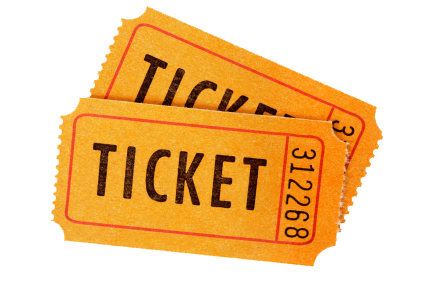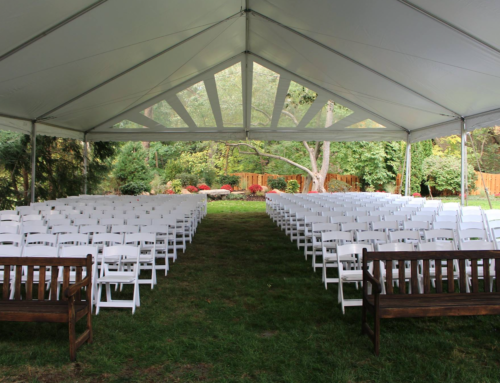Finding the perfect ticket price is tough, and very few organizers feel 100% confident that they’ve cracked it.
Today, you may be using a “cost-plus” strategy to price your event. You price above your costs, based on the profit margin you need to hit. If your event costs you $100 a head, and your goal is a 10% profit margin, you price at $110. But this overlooks the most important factor in event pricing: your attendees.
Your Pricing Strategy
Your attendees are the final decision-maker — they will pay for a ticket, or they won’t. And the costs of putting on your event don’t matter to your attendees. Neither do your profit margins.
To use this to logic to your advantage, you should evaluate your pricing strategy based on three factors: perceived value, the actual price, and the cost per ticket for the event.
- Perceived value is the value your attendees attendees associate with your event. This isn’t just about your event’s offerings — it will depend on your competitive set, your attendee demographics, and the way that you position your event.
- The actual price of your ticket. This may be more or less than the perceived value. If your price is above the perceived value of your event, you’ll struggle to sell tickets. If your price is below the perceived value, it will seem like a great deal.
- The per-ticket cost of putting on your event. These fall into two categories — “fixed” or “variable.” Fixed costs aren’t affected by the number of people who attend your event (such as the cost of your venue). Variable costs change as the number of attendees increases (at a catered event, the cost of food will probably be variable).
You know that you want to hit the sweet spot: low enough that you’re below the perceived value of the event (which makes your ticket price appealing), but high enough that you aren’t leaving money on the table.
The best approach is, as it is in so many cases, to test and iterate. That said, you don’t have to shoot blind. To make the best possible estimate, start here:
- Research your competition.
- Calculate average price points.
- Study their pricing strategy.
- Identify ways that these competitive events might raise (or lower) their perceived value.
Set your initial price based on this research, your understanding of your customer, and your event’s positioning strategy. For example: if the average price of similar events in your area is $100, but your event is uniquely attractive to students, you might set a lower base price (or a special student discount) of $80.
Happy planning!









Leave A Comment
You must be logged in to post a comment.